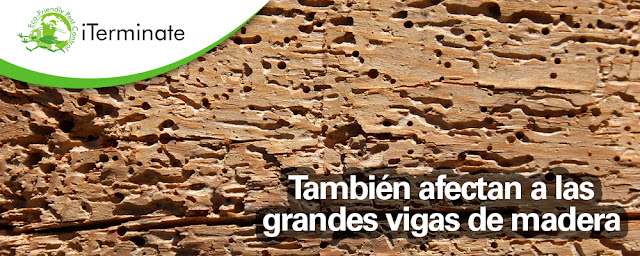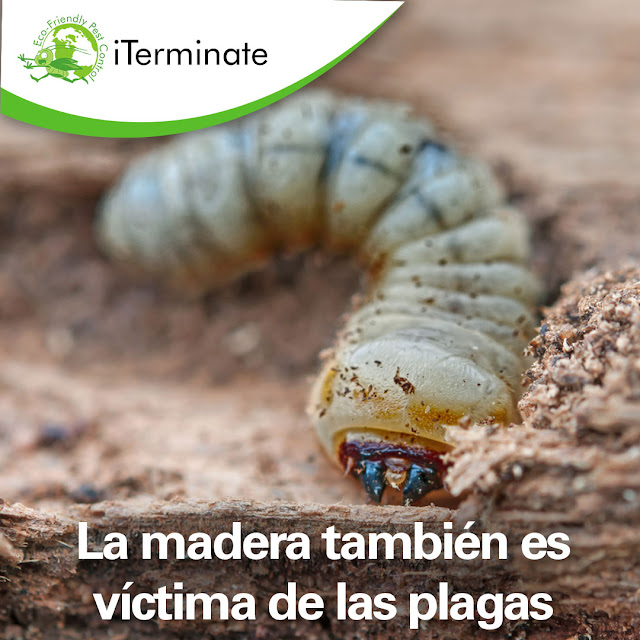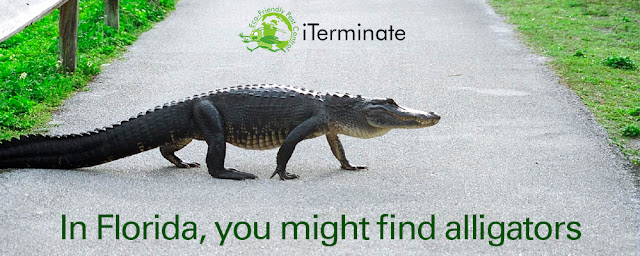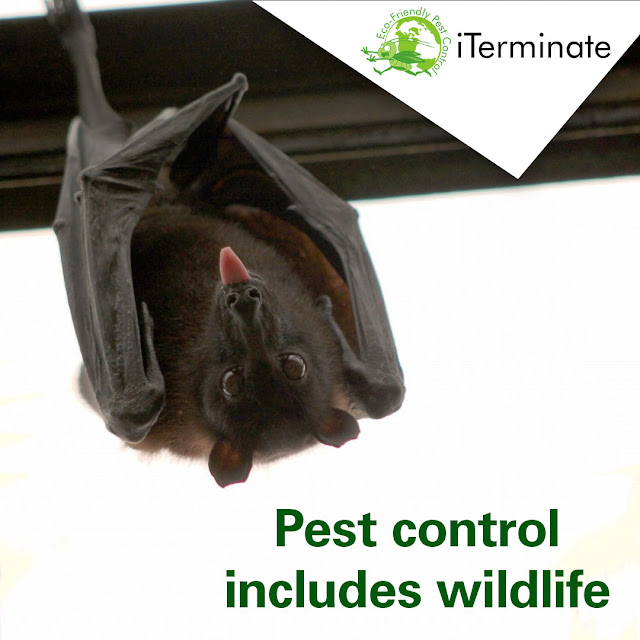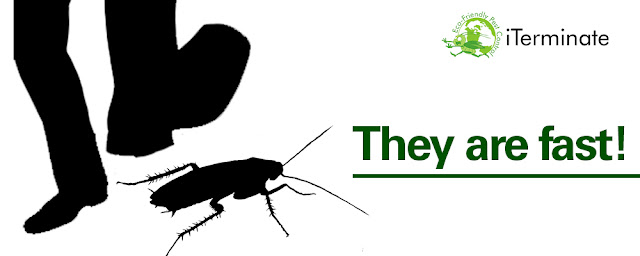 |
| Para poder aplicar estas trampas primero debes identificar a la plaga para no confundirla con otros insectos beneficiosos o sus enemigos naturales. |
En el mundo de las plagas de cultivos, existe todo tipo de métodos para su control. Desde el uso de insecticidas que sirven para matar tipos específicos de plagas, hasta el control biológico que usa enemigos naturales, como animales depredadores y bacterias entomopatógenas, para acabar con ciertos organismos. Sin embargo, existen otras opciones amigables con el ambiente que puedes poner en uso tú mismo: las trampas para insectos. ¿Ya las conocías?
Asombrosamente, hoy en día existen trampas que atraen a los insectos y los eliminan; pueden ser caseras o comerciales y son bastante efectivas. ¿Lo importante? Reconocer el tipo de plaga que está acabando con tu jardín o cultivo, y diferenciarlas de sus enemigos naturales o de otros insectos que sí resulten beneficiosos para tus plantas.
Qué debes saber sobre las trampas para insectos
Antes de empezar la búsqueda de la trampa ideal, es necesario analizar ciertos elementos como el comportamiento de la plaga. Algunos insectos pueden verse atraídos por la luz, otros por los colores, otros por los olores y otros por alimentos específicos. Las trampas en estos casos también pueden ayudarte a controlar e identificar la plaga con más precisión. A continuación, te mencionamos las trampas para insectos más comunes.
Trampas pegajosas de colores (cromáticas)
Estas trampas están hechas con materiales plásticos de colores específicos, cubiertos por una sustancia pegajosa que puede ser pegamento o líquidos grasos, como aceites naturales o sintéticos. En general, se hace una estructura que sujeta el material plástico del color seleccionado (plástico envolvente o lona) y luego se impregna con el aceite. Los insectos se verán atraídos por el color y quedarán pegados al plástico; al no poder liberarse, morirán por falta de comida y agua.
Los colores usados para estas trampas son el blanco, el amarillo y el azul. El blanco suele atraer a insectos como los ácaros; el amarillo a la mosca blanca, mosca minadora y áfidos; y el azul a trips y algunos escarabajos.
Trampas de luz
Como algunos insectos se ven atraídos por la luz, se puede usar esta característica para atraparlos y eliminarlos. Estas trampas suelen usar fuentes de luz como bombillos, tubos fluorescentes, velas o mecheros, que están sobre algún recipiente lleno de alguna sustancia, como agua, agua con jabón o insecticida e incluso pegamentos o aceites.
En estos casos, los insectos nocturnos se acercan a la fuente de luz y caen en el líquido, muriendo ahogados o por falta de alimento y agua. Suele ser efectiva para atrapar mariposas, polillas y algunos escarabajos, como los ronrones y el abejón de mayo.
Trampas con cebos tóxicos
Estas trampas usan feromonas o alimentos para atraer a insectos específicos y hacerlos entrar en contacto con insecticidas. La ventaja de este método es que los insectos están en contacto con los pesticidas de forma controlada sin tener que rociar los cultivos o jardines, conservando de esta forma a los enemigos naturales y protegiendo el ambiente y a las plantas.
Esta opción sirve para una gran cantidad de plagas, incluyendo ratas, babosas y gusanos. En general, se mezclan los alimentos preferidos de una plaga con sustancias tóxicas para ellos, luego se ubican en las zonas en donde se suelen localizar los insectos, se espera a que consuman la mezcla y mueran.
Estas trampas para insectos son bastante efectivas, sin embargo, en algunas ocasiones puedes encontrar una cantidad desmedida de animales e insectos perjudiciales, por lo que es necesario solicitar los servicios de expertos en control de plagas. Para estos casos iTerminate es la mejor opción, ya que cuenta con personal altamente entrenado y con métodos ecológicos de manejo de plagas. Para saber más, síguelos a través de sus redes sociales y solicita cualquier información que desees.
 |
| Un método sencillo y ecológico para combatir a las plagas que dañan tus cultivos son las trampas para insectos. |
Facebook: iTerminate
Instagram: iTerminate
Twitter: iTerminate



